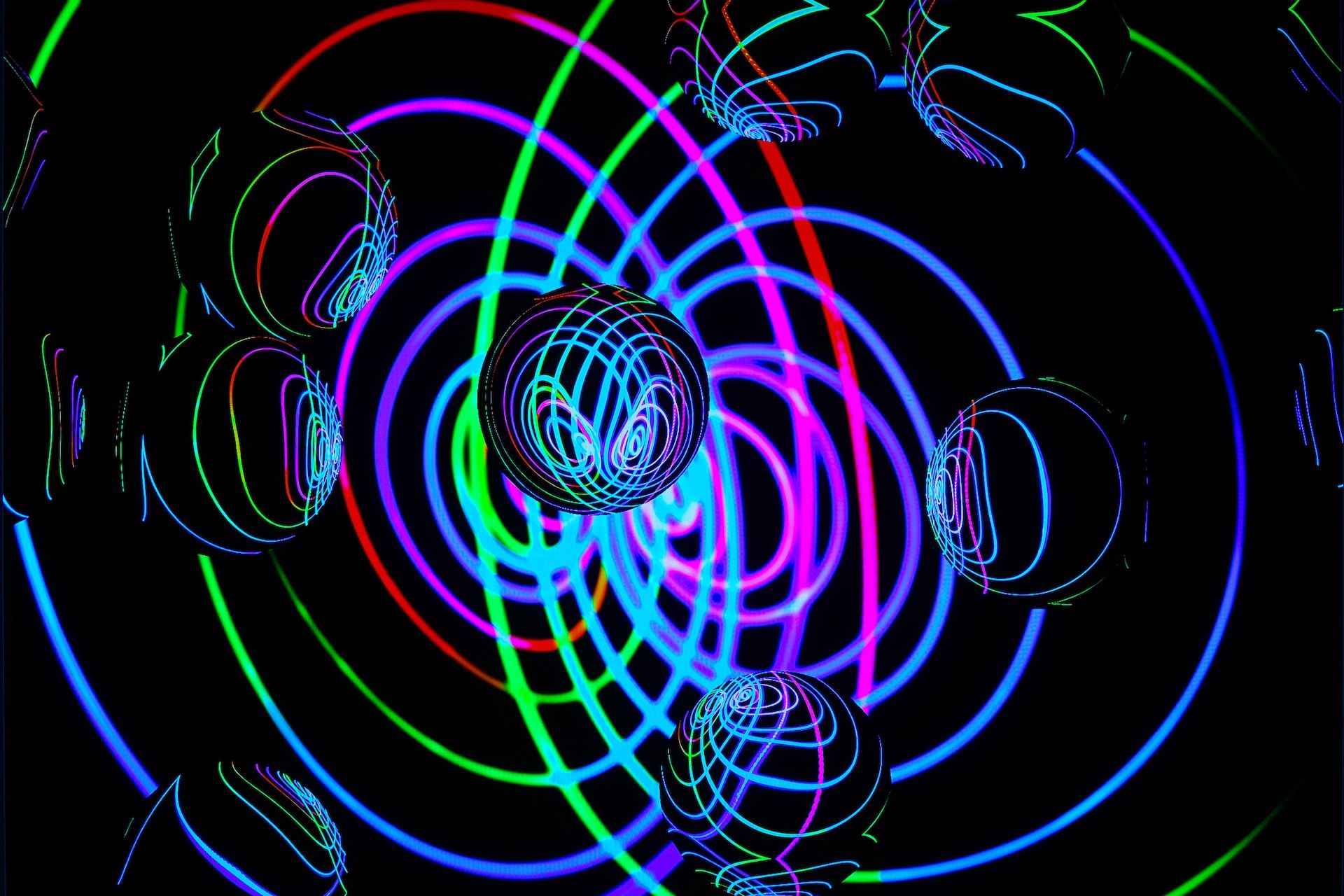
What Are Optical Clocks and Why Are They Important?
July 20, 2021 - Revolutionized Team
Revolutionized is reader-supported. When you buy through links on our site, we may earn an affiliate commission. Learn more here.
For most people, the understanding of time doesn’t extend beyond the display on their watch or smartphone. The time they display is accurate. We don’t spend too much time thinking about how each device tells time or where it gets its information from.
For decades, we’ve relied on atomic clocks to tell time and help us keep track of the universe around us. It has been the gold standard for telling time since 1955. However, technology is changing and we need something even more accurate than the atomic clock. What are optical clocks and why are they so important?
Starting With Atomic Clocks
For decades, both the scientific community and the world have depended on atomic clocks to define smaller intervals of time. Once you’ve moved beyond tracking the seasons and the sun across the sky, telling time is all about two things. It relies on oscillations and resonance frequencies.
Pendulum clocks, which were one of the first clocks that didn’t rely on the sun’s position, resonated at roughly 1 swing per second. The digital clock on your nightstand (assuming it’s not a smart clock or cellphone) uses the resonance of the electricity traveling through the power lines. This resonates at roughly 60 cycles/second in the United States and 50 cycles/second in Europe due to the difference between alternating and direct current.
Atomic clocks also use resonance frequencies, but on a much smaller scale. These clocks rely on atoms of cesium-133 because each atom of this element is — as far as researchers can discover — virtually identical to each other. Cesium’s resonance frequency tops 9.1 billion cycles every second, allowing researchers to create a very accurate timepiece.
For many years, this was sufficient and even considered the gold standard of time measurement. But as scientists and researchers learn more about the universe, they’ve discovered they need more accuracy than even cesium-133 can provide.
Optical Clocks 101
Atomic clocks are incredibly precise, but they aren’t infallible. There is still the possibility that they will develop an error over time. Usually, it’s not more than a nanosecond. However, when the entire world is relying on your clocks to set their own timepieces, even a nanosecond can add up.
Optical clocks are similar to atomic clocks in that they’re using the resonance frequencies of specific elements to tell time. However, that’s where the similarities end. Optical clocks resonate on frequencies up to 100,000 times higher than the cesium-133 used in atomic clocks. Instead of relying on cesium, optical clocks use elements like strontium and ytterbium paired with lasers to detect their resonant frequencies.
In addition to being more accurate than its predecessor, it’s easier and faster to set up an optical clock. Atomic clocks often require months of averaging and calibration before they can accurately tell time. The faster resonant frequencies of the optical clocks allow researchers to complete the same tasks in seconds.
The Importance of Optical Clocks
We’ve been able to tell time quite accurately for decades, thanks to cesium-based atomic clocks. Now, our understanding of the universe is expanding and evolving. We need new tools to help us keep pace with all the new things that we’ve learned. That’s where optical clocks will thrive.
On a global scale, they’ll allow companies to use more accurate timestamps for their functions. It’ll increase globalization for retail, finance, hospitality, and similar industries because their systems will be able to complete the same tasks in a fraction of the time. It will also enable GPS to be more accurate, giving these satellites the ability to target you within a few centimeters, instead of a few meters like they can right now. This, in turn, will help self-driving cars and other vehicles with autopilot successfully navigate their environments.
The widespread adoption of optical clocks could even improve the speed with which cellphones and other mobile devices can transmit and receive data. 5G might be fast now, but systems supported by the accurate timekeeping of optical clocks could blow that out of the water.
Looking at the Science Behind It
While more accurate GPS and faster mobile devices might sound like a boon for the average consumer, it’s the scientific community that is really excited to embrace everything that these new timepieces have to offer.
One of the most exciting potential applications for these hyper-accurate timepieces is that they may finally give physicists the tools to be able to identify dark matter.
According to NASA, our universe is roughly 68% dark energy, 27% dark matter, and 5% matter. That means that with our current tools, we can only observe 5% of the entire universe. Instead of looking for obvious signs of heavy dark matter, scientists may be able to use optical clocks to detect the oscillations of ultralight dark matter particles.
While it’s not the same as seeing them, it does have the potential to prove that dark matter and dark energy exist, which is something we haven’t proven yet.
While Earth’s orbit and rotation are our primary tools for defining large periods of time, the latter can be subjective. The introduction of optical clocks may lead to scientists redefining the second to make it more accurate. On the large scale, that won’t affect most people during their day-to-day activities.
Telling Time
Telling accurate time takes a lot more than a sundial or the willingness to track the sun across the sky. From pendulums and digital clocks through the creation of atomic and optical clocks, the human race has always strived to better understand the world around us. Being able to tell time accurately is just one of the tools we’ve created to accomplish that task.
Revolutionized is reader-supported. When you buy through links on our site, we may earn an affiliate commission. Learn more here.







